Tag: traditions
Test Your Dia de los Muertos Trivia IQ
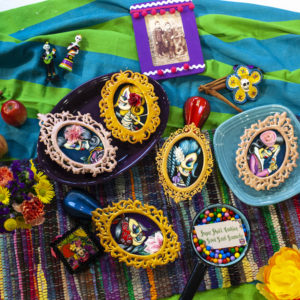
If you think that Dia de los Muertos is a creepy holiday, or the same as Halloween . . . think again! This Latin American holiday is rooted in the love of family and traditions.
My friend Stacy, from the Hurried Hostess blog, and I got to visit with Houston Life TV and share a bit about this special tradition.
Here are the trivia questions that I posed to the hosts. Give them a try to see how you do!
How many days does the celebration of Dia de los Muertos span?
-
one
-
two
-
three
-
four
Dia de los Muertos coincides with which two Catholic holidays?
-
Halloween and All Souls’ Day
-
Assumption and Good Friday
-
All Saints Day and All Souls Day
-
Halloween and Our Lady of Autumn
What is the traditional flower to leave on graves during the Day of the Dead celebrations?
-
roses
-
marigolds
-
tulips
-
mums
Dia de los Muertos was originally celebrated in what month?
-
December
-
August
-
March
-
January
The iconic woman skeleton character in a dress and hat is known as:
-
la Madre
-
la Madrina
-
la Muertida
-
la Catrina
In the United States, pumpkins are associated with Halloween. What traditional food does Mexico associate with Dia de los Muertos?
-
corn
-
beans
-
potatoes
-
butternut squash
Which people were the first to practice the beginnings of this tradition?
-
Spanish
-
Hondurans
-
Aztecs
-
Mayans
Answers:
.
.
.
Did you peek?
.
.
.
How many days does the celebration of Dia de los Muertos span?
Three. October 31 is All Hallow’s Eve, a day of preparation for the return of the spirits. November 1 is El Dia de los Innocentes (day of the children). On this day celebrants welcome the spirits of lost children. The last day is November 2, or Day of the Dead, when the rest of the family members and friends who have passed on are reunited with their loved ones for one day.
Dia de los Muertos coincides with which two Catholic holidays?
All Saints Day (November 1) and All Souls Day (November 2)
What is the traditional flower to leave on graves during the Day of the Dead celebrations?
Marigolds! The brilliant color and strong fragrance of this flower is thought to attract the spirits and lead them in the direction of the celebrations.
Dia de los Muertos was originally celebrated in what month?
The celebration originally fell in the ninth month of the Aztec calendar, which was around early August.
The iconic woman skeleton character in a dress and hat is known as:
La Calavera Catrina (the skeleton Catrina), also known as the elegant skull, comes from an etching created by Mexican cartoonist and illustrator Jose’ Guadalupe Posada around 1910. Wearing her fancy hat, she serves as a reminder that death does not discriminate between classes and comes even to the wealthy.
In the United States, pumpkins are associated with Halloween. What traditional food does Mexico associate with Dia de los Muertos?
Butternut squash is traditionally candied and enjoyed as a dessert, but squash recipes of all types can be found during the holiday.
Which people were the first to practice the beginnings of this tradition?
Aztecs. The origins of the rituals practiced during Dia de los Muertos can be traced back 3,000 years!
So, how did you do? Share the quiz with your friends to see how their Day of the Dead knowledge matches up!
Watch Courtney Zavala And Derrick Shore of Houston Life TV
try their hand at the same questions, here!
To find ideas for how to celebrate with a party of your own, see my previous post, here.
Start Your Own Dia de los Muertos Party Tradition
Texas traditions can originate from almost anywhere in the world, thanks to our diverse history of immigration. It shouldn’t come as any surprise that some of Mexico’s customs have been brought north of the border. The most colorful, and thought by many to be mysterious, celebration is Dia de los Muertos.
This post contains affiliate links. Any purchases made through these links keep this blog running.
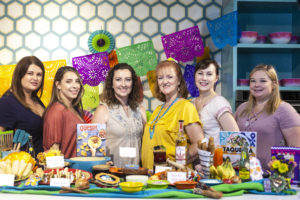
When I first approached a group of friends about having a Dia de los Muertos party, they were a bit hesitant. “Isn’t that kind of morbid?” “Isn’t that a celebration of death?”
The simple answer is no – it’s something much more upbeat than you may think.
Luckily, a few of them had seen the Disney Pixar movie “Coco” that familiarized American audiences with the celebration through a powerful story about family, community, tradition and remembrance. Think about Memorial Day, and the concept doesn’t seem so strange.
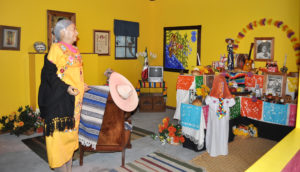
The gist is to celebrate the lives of our ancestors, rather than mourn their passing, by incorporating food, drink and activities they enjoyed in life. Family members create “altars” in their homes with photos of loved ones surrounded by offerings of food, flowers and mementos. Others visit family cemeteries to decorate ancestors’ graves and share stories about their lives. The days of the celebration surround the Catholic “All Souls Day” on November 2. (So it isn’t really a ‘Halloween thing” like many think.)
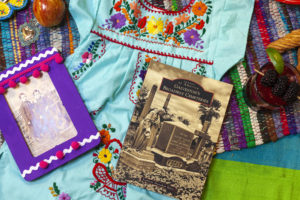
Many of us no longer live in the communities of our ancestors, so circles of friends tend to become our new families. That’s why I thought having our own Dia de los Muertos celebration together would be a fun chance to celebrate all of our families and have some fun and great food at the same time! (Plus, I have some talented friends, so we’re always up for a reason to celebrate together!)
You can easily put together your own party as well.
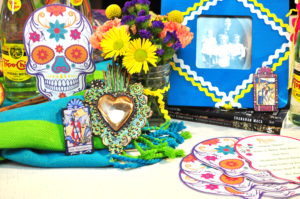 Be sure to incorporate photos of loved ones who’ve passed, and share their stories. It keeps their spirit and your family lore alive.
Be sure to incorporate photos of loved ones who’ve passed, and share their stories. It keeps their spirit and your family lore alive.
I not only included photos of my mother, who we lost last year to Alzheimers, but also made tissue paper flowers for decorations – a craft she taught me as a child.

Attention to the smallest details can make a theme like this really come together. The talented Evangeline Event Designs made adorable sugar skull invitations and colorful menu cards, and I found some adorable small decorative accents, as well as a beautiful embroidered skull dishcloth at Hendley Market. The bright Fiestaware plates and platters are from Yesterday’s Best.
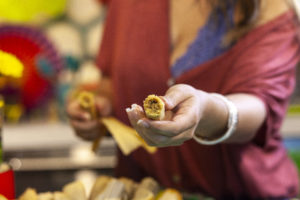
No Mexican theme meal is complete without tamales. We loved these from Pennie’s Tex Mex Takeout.
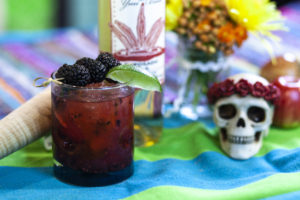
Alicia from The Kitchen Chick made chorizo with apricot sauce, Bob Armstrong queso (from the “Queso!” recipe book she carries in her store), and an amazing Blackberry Mezcal Smash Cocktail.
Our friend Stacy, otherwise known as the Hurried Hostess, made amazing fruit tacos and a churro bar. Yum-ola!

But the item that really had us all gasping in disbelief were the gorgeous cookies created by Jennifer from Good Gosh Ganache. I mean, really…look at these beauties!
Our friends Hailey and Tamara used their styling talents to help our buffet look amazing. Making this event such a group effort made it even more special.
Many communities in Texas offer the opportunity to experience Dia de los Muertos, including San Antonio, Corpus Christi, Victoria and Austin. Check your local community calendar to see if there’s one near you, and celebrate!
Fashionable New Year’s Visits
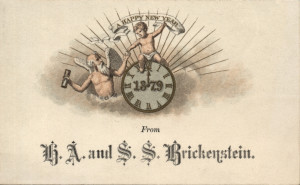
In genteel Victorian-era society, making visits or “calls” was the fashionable thing to do on New Year’s Day.
Gentlemen would don their finest attire and make the rounds, visiting all of the ladies of their acquaintance.
Ladies were discouraged from sending invitations for them to do so, as that would seem “desperate.” Instead, the local papers would often print lists of homes that intended to receive callers that day.
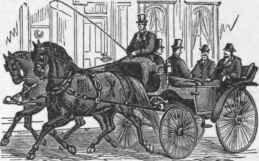
Upon arriving at a home (preferably in a carriage), the gentleman would be invited to remove his hat and overcoat. His gloves were often left on his hands, as the visits, to be considered polite, must be kept fairly brief. – not exceeding then or fifteen minutes.
The gentleman would then send his calling card with a servant to the host, announcing his arrival, and would be ushered into the reception room.
 Baskets or receiving trays would hold the cards of each day’s callers. This beautiful example is in the Bishop’s Palace in Galveston.
Baskets or receiving trays would hold the cards of each day’s callers. This beautiful example is in the Bishop’s Palace in Galveston.
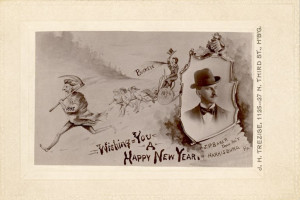

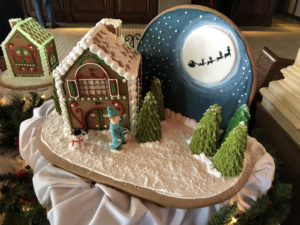
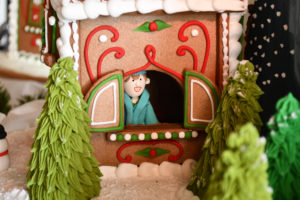
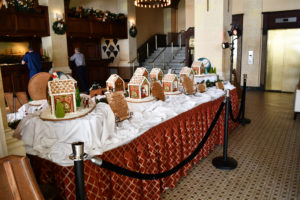
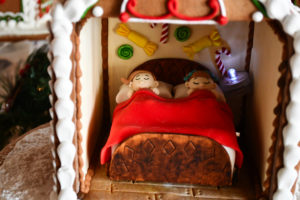

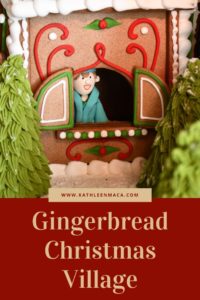
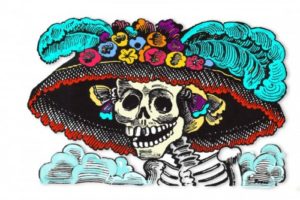
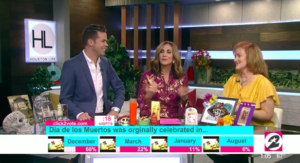
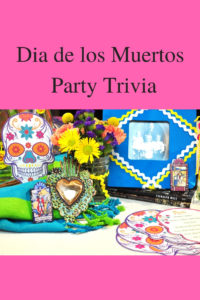

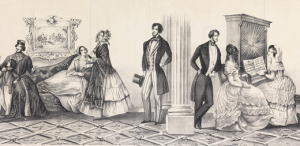 Common visiting hours were from 10 a.m. until 9 p.m. which, although it was enjoyed, must have been quite exhausting. Because of the constant “change of faces” due to the coming-and going of guests, they were to receive each as politely and pleasantly as the first. Thankfully, callers knew to avoid lunch and dinner hours.
Common visiting hours were from 10 a.m. until 9 p.m. which, although it was enjoyed, must have been quite exhausting. Because of the constant “change of faces” due to the coming-and going of guests, they were to receive each as politely and pleasantly as the first. Thankfully, callers knew to avoid lunch and dinner hours.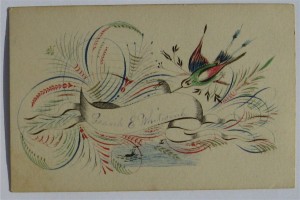 Although the ladies’ visits were considered to be less formal, they would also include refreshments, finery, and by today’s standards seem quite formal.
Although the ladies’ visits were considered to be less formal, they would also include refreshments, finery, and by today’s standards seem quite formal.